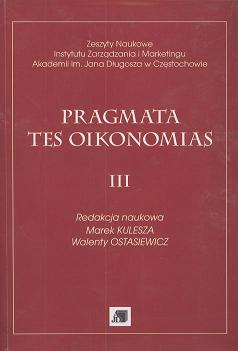Wybór rozpiętości dochodów w dekompozycji efektu redystrybucji na podstawie analizy danych pochodzących z AMeRIcA
Choosing the Bandwidth for Decomposing the Redistributive Effect: Evidence from Milan Using AMeRIcA Data
Author(s): Mauro Mussini, Biancamaria ZavanellaSubject(s): Economic policy, Public Finances
Published by: Uniwersytet Jana Długosza w Częstochowie
Summary/Abstract: The literature offers a number of approaches to decompose the total redistributive effect of a tax system into three different components: a vertical effect, an horizontal effect and a reranking effect. In this frame, given the sparseness of exact equals in real world data sets, it arises the issue to suggest a procedure to define the close equals groups optimally in terms of class width. Vernizzi and Pellegrino (2007) suggest a criterion to choose a convenient bandwidth in defining the close equals groups and the aim of this paper is to verify either the coherence or the validity of this criterion. In order to pursue this goal, we analyse the results of the redistributive effect decomposition by comparing the models proposed by Aronson, Johnson and Lambert (1994), van de Ven, Creedy and Lambert (2001) and Urban and Lambert (2008).
Journal: Prace Naukowe Akademii im. Jana Długosza w Częstochowie. Pragmata tes Oikonomias
- Issue Year: 2009
- Issue No: 3
- Page Range: 253-273
- Page Count: 21
- Language: English

